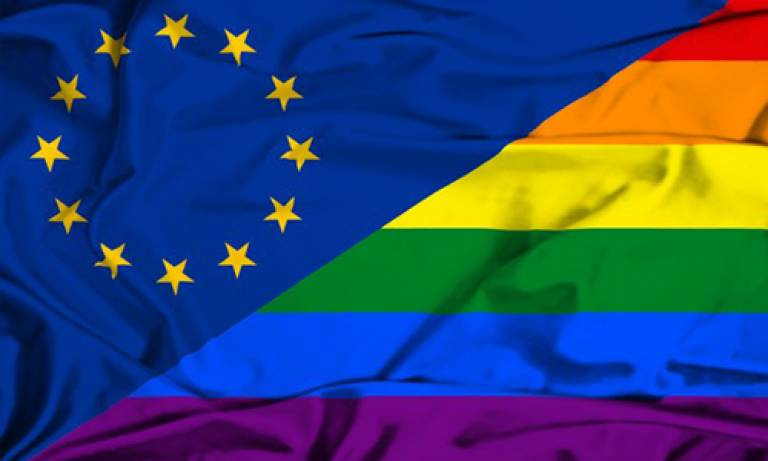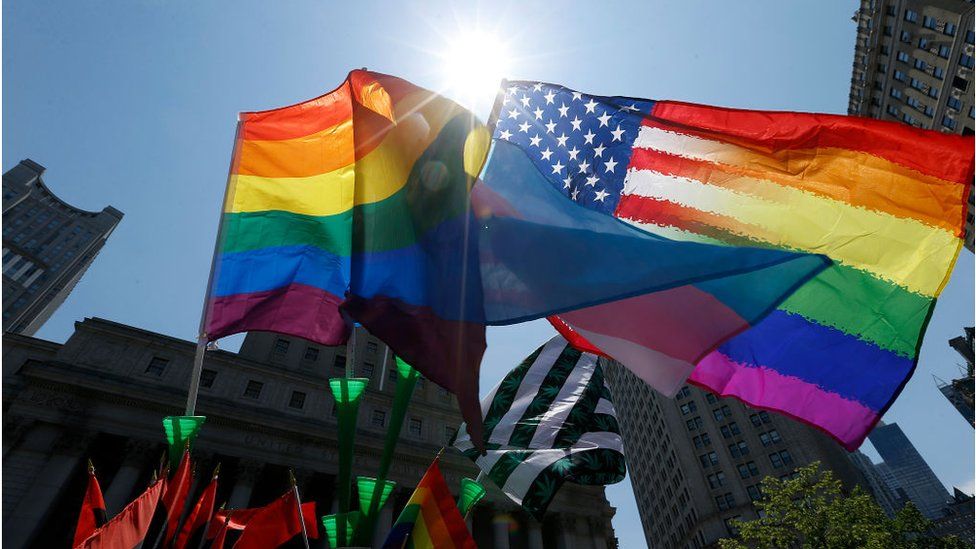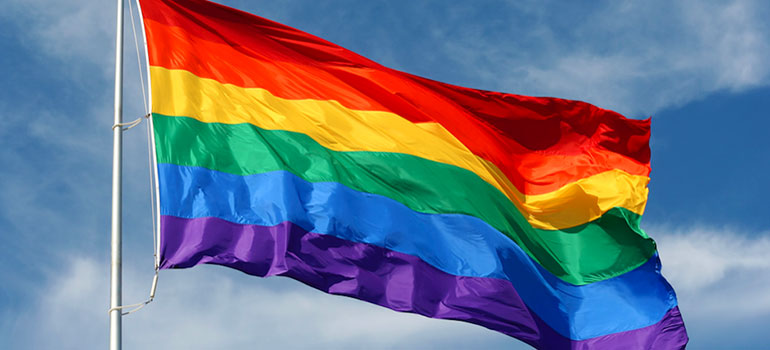LGBT in Europe
The LGBT population in Europe has increased significantly over the past few years, with more people identifying as lesbian, gay, bisexual or transgender (LGBT). This development can be attributed to greater acceptance of the LGBT community and more people feeling comfortable coming out. Despite this progress, however, many countries still face challenges when it comes to protecting and advancing the rights of their LGBT citizens.
In order to understand the current situation for LGBT individuals in Europe it is important to look at a range of different issues such as discrimination and hate crimes as well as access to healthcare, employment opportunities and marriage equality. For example, while some countries have adopted progressive policies that protect the rights of same-sex couples to marry each other or adopt children, others are lagging behind in this regard.
History: Prevalence of LGBT
The history of LGBT rights in Europe is a complex one, filled with struggles for equality, acceptance and visibility. From the Middle Ages to the present day, there have been moments of progress and setbacks as different nations have tried to understand and legislate around these issues. Understanding this historical context helps us to examine where we are today in terms of LGBT rights across European countries.
In the Middle Ages, same-sex relationships were generally tolerated but largely hidden or ignored. As the Church rose in power during that period, anti-LGBT laws became more prevalent and punishments became harsher if individuals were caught engaging in such activities. This trend only intensified through the centuries; religious authorities often sought out those who violated traditional gender roles or sexual norms, resulting in imprisonment or even death sentences for some offenders.
Status and Rights: LGBT Discrimination
LGBT discrimination is a prominent issue in Europe. Despite the growing acceptance of LGBT communities, many countries in Europe still impose limitations on their rights. This discrimination can take many forms, including laws and policies that criminalize LGBT behavior or fail to protect against hate crimes and workplace discrimination. Furthermore, certain European governments do not recognize same-sex marriage or allow for adoption by same-sex couples.
The consequences of such discrimination can be severe, leading to economic hardship as well as psychological distress for members of the LGBT community. In addition to negative effects on individuals, it has been argued that when LGBT people are excluded from full legal protection and recognition this could also have negative impacts on society more broadly. For example, it has been suggested that failing to acknowledge the rights of LGBT people may lead to increased levels of homophobia in society which could affect social cohesion and economic development.
Culture: Social Acceptance
Culture is a broad and complicated concept, but at its heart it is about social acceptance. Whether it be accepting someone’s faith, ethnicity or sexual orientation, we must learn to accept the diversity of humanity. This is especially true for LGBT+ individuals in Europe, who face both legal and social obstacles when it comes to being accepted as part of mainstream culture.
LGBT+ rights vary greatly across Europe, with some countries passing laws that grant same-sex couples full recognition while other countries criminalize homosexuality or deny basic rights such as adoption. Despite these differences in legislation, there are still ways in which the LGBT+ community can find acceptance among their peers and society at large. Education campaigns can help change attitudes towards the community by increasing awareness of LGBT+ issues and providing support to those struggling with their identity.
Politics: Legislation and Advocacy
Politics have played an enormous role in the evolution of LGBT rights in Europe. From legislation to advocacy, political parties and movements have been integral to the advancement of equality for LGBT communities across the continent.
Legislation is a key part of achieving progress for LGBT rights and many countries in Europe have made incredible strides towards protecting their citizens from discrimination on the basis of sexual orientation or gender identity through legislative means. In particular, same-sex marriage has been legalized in many European countries including Denmark, Norway and Sweden which are some of the most progressive when it comes to LGBT rights. This type of legislation not only provides legal recognition to same-sex couples but also brings greater social acceptance for this marginalized group.
Advocacy has also been an effective way to push for changes in laws that protect LGBT people.
Businesses: LGBT Supportive Companies
Businesses are now recognizing the importance of being supportive of the LGBT community, and many have taken it upon themselves to make sure their employees know that they are safe and appreciated in their workplace. One example of a company that has been particularly supportive is Google. The tech giant recently launched its “Lesbian, Gay, Bisexual and Transgender Support at Work Initiative” in Europe. This initiative seeks to ensure that LGBT employees have access to resources so they can feel secure in their work environment.
Google’s efforts aren’t alone either – there are other companies making strides to strengthen support for the LGBT community throughout Europe. Companies like Microsoft, Barclays Bank UK, Deloitte and Airbnb all offer initiatives designed specifically for LGBT employees such as mentorship programs or diversity training seminars.
Education: Inclusion Initiatives
LGBT inclusion initiatives in education have become increasingly popular in Europe. In recent years, schools across the continent have made dedicated efforts to create safe learning environments for LGBT students and staff members. These initiatives range from awareness campaigns within educational establishments to specific policies that protect LGBT individuals.
By introducing these measures, the aim is to promote a sense of acceptance and inclusivity within European schools. This includes providing support for those who identify as LGBT, as well as creating a more tolerant society towards sexual minorities. Such measures also ensure that education systems are up-to-date on current social issues and provide adequate protection against discrimination or hate speech within educational settings.
Not only do these initiatives help combat negative stereotypes associated with the LGBT community, but they also provide information about gender identity and sexual orientation which can be beneficial for all students regardless of their own backgrounds or personal beliefs.





